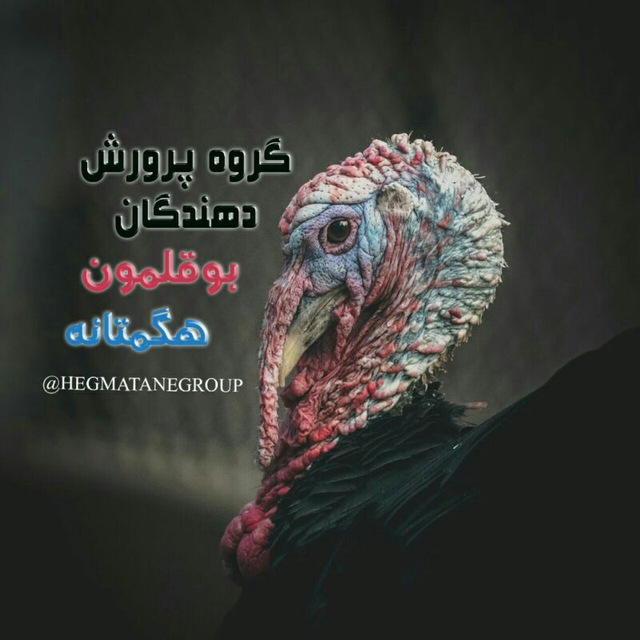Rodents are used. Among the signs of poisoning with it, we can mention fluttering of feathers, panting, and bleeding in the eyes, mouth, and other organs. In the autopsy, small and numerous bleeding points or extensive death blood spots are observed in the organs.
14 Phenolic compounds:
Placing laying hens in cages that have been disinfected with these materials will cause poisoning in them. Symptoms include decreased ovulation, anorexia, severe thirst, and shortness of breath. In the autopsy, ascites, increased heart volume, the presence of secretions between the muscle fibers and swelling of the liver are seen.
15 Formaldehyde: (Formalin)
Formaldehyde causes swelling of the eye conjunctival tissue and respiratory problems. Formaldehyde gas is usually used to disinfect salons. When the chickens enter the halls before the complete evacuation of this gas, this poisoning occurs.
16 cotton seeds:
There are two types of poisoning in cotton seed and cotton flour.
A) Gossypol, which may cause weight loss, loss of appetite, reduction of egg laying, yolk color change and death of chickens. The major injuries are intestinal swelling.
b) Halfene, which causes the abnormal enlargement and expansion of the yolk, and may produce a red color in the white and yolk.
17 Carbon monoxide:
This poisoning occurs as a result of burning heating devices in the hall and in a space without enough oxygen.
Chickens will suffocate in a space containing 0.2% carbon monoxide within a few hours. Before death, the chickens open their beaks and breathe and undergo severe muscle contraction. The lungs and blood turn cherry red.
18. Ammonia:
Ammonia poisoning causes swelling of the cornea and conjunctiva of the eye, and the cilia of the trachea are lost, causing inflammation of the trachea.
19 Sulfonamides:
A number of sulfamide drugs cause poisoning in chickens. Ruffled feathers, wilting, anemia, jaundice, death, reduced egg laying, thinning of the egg shell, roughness and lack of pigmentation, and sometimes the absence of the shell are among the symptoms of the disease. In the autopsy, there is bleeding in the tissues such as the skin, muscles, heart, liver, spleen, pre-stomach and gallstones. Bleeding may be spot or dead blood especially in the legs. The bone marrow first turns blue and then yellow.
20 Nitrofurazone:
As a result of consuming a small amount of it, chickens suffer from slow growth, but consuming too much of it causes periods of depression and excitement and then death. In the necropsy, swelling of the intestine, venous hyperemia, and hyperemia are seen in chickens
This post is written by None
